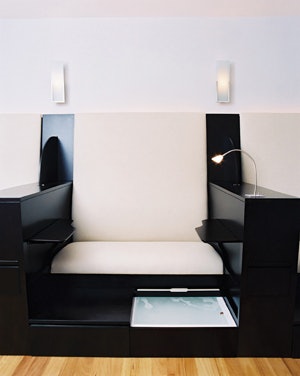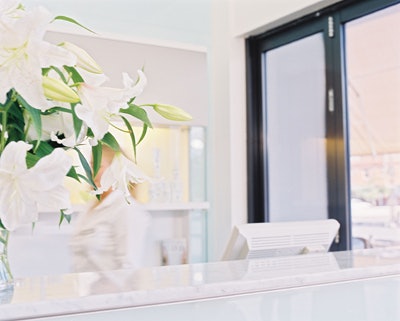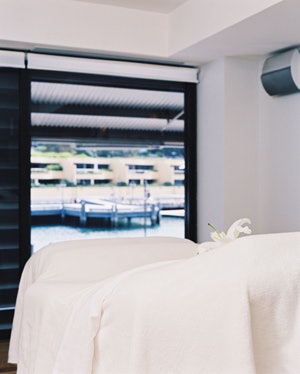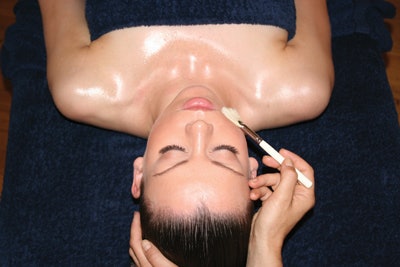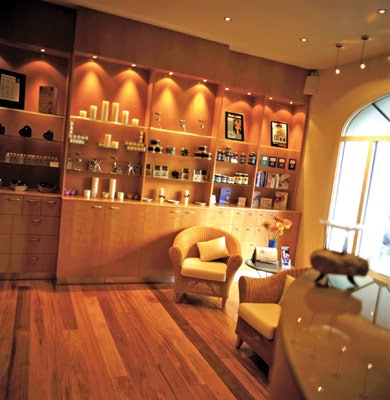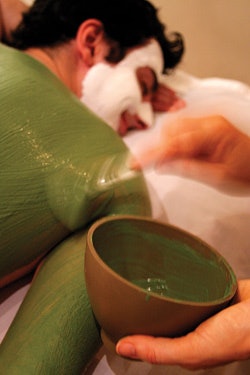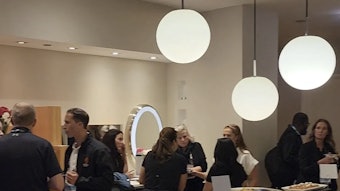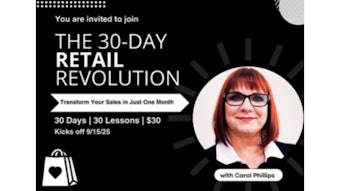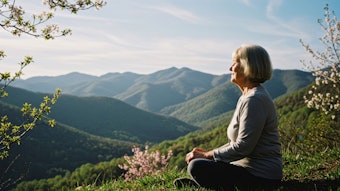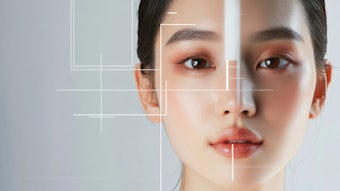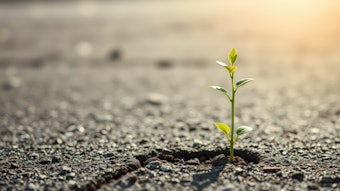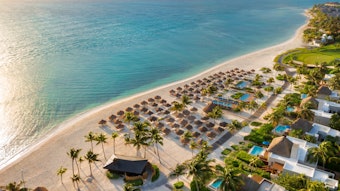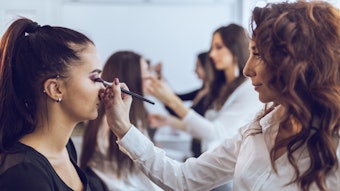
Australians are unfailingly cheerful people, and with good reason. The country has one of the world’s most robust economies, basically on par—up until the recent world financial crises—with the dominant Western European economies. Inflation and unemployment are low, the housing market is booming, and the country enjoys strong economic ties with China, all of which has resulted in 16 years of economic expansion and a government budget surplus since 2002.
In the unofficial capital city of Sydney—the country’s actual seat of government is the small and bucolic Canberra—the 2000 Olympics set development on fast forward with an explosion of improvements in transportation infrastructure and civic amenities, as well as a rash of new luxury waterfront hotels and high-rises. Today, this glittering city is truly Australia’s economic gateway.
Sydney offers residents and visitors the best of many worlds. One can find the sunny, balmy weather and easy-going beach culture of Southern California; the European sophistication of London; and the multicultural, urban aspects of San Francisco. As an American, Sydney’s pioneering spirit and youthfulness as a country reminded me of the United States 50 years ago, and I felt immediately at home.
My visit to the city included plenty of culture. I attended a wonderful performance of the opera Don Giovanni and a fascinating play at the iconic Sydney Opera House, and I loved wandering through the many diverse neighborhoods, sampling a wide array of cuisine in each one. Dining in the city is a delightful experience, as there is a significant Asian influence and an emphasis on fresh, quality ingredients and excellent wines. Above all however, Sydney is about the water—ringed by beautiful harbors, bays, coves and beaches, including the famous Bondi Beach that lies southeast of the city’s center.
My home base in Sydney was the Sydney Harbour Marriott Hotel at Circular Quay. The hotel is ideally situated on Sydney Harbour with spectacular views of the Opera House and the Sydney Harbour Bridge. It also afforded me easy access to dining and shopping in The Rocks Market, a popular Sydney retailing destination by the base of the Harbour Bridge, and the Pitt Street Mall, a highly trafficked pedestrianized shopping area. Additionally, travel to outlying areas was quick and convenient.
I was eager to explore the spas of Sydney, wondering how they would marry the Asian, European and American influences present in the city. I was also curious as to where they would fall on an evolutionary scale, because the country—and therefore the spa industry—are so much younger than the other places I have experienced in my travels. I decided to visit two spas that were very diverse: the elegant, European-informed Spa Chakra in Sydney’s chic Woolloomooloo area, and the cozy Zen Day Spa in the trendy suburb of Darlinghurst.
Professional, chic, multicultural and welcoming
Part of the Guerlain global brand, Spa Chakra is the signature spa in the group. It’s located in the Blue Hotel Sydney, and offers views of Sydney Harbour and the city’s beautiful Royal Botanical Gardens. The elegant, 4,500-square-foot location features 12 treatment rooms, hydrotherapy and Vichy showers, a relaxation lounge, an arrivals lounge and in-room services for hotel guests. The facility’s décor is clean and spare, and spa director Helen Thomas told me the intent is to focus on the client and treatment with minimal distraction.
Because of Sydney’s pleasant weather and strong beach culture, residents tend to be quite body-conscious, which is reflected on Spa Chakra’s service menu. What’s more, both women and men take a keen interest in their appearance, and in Australia, men account for 30% of spa clients—double or possibly even triple the number of men who frequent spas in the United States.
To meet these demands, Spa Chakra offers popular signature services such as the Design Contour Multi-Zone Redefining Programme, which detoxifies and firms with prices ranging from $240 for a single session to upward of $2,500 for a series; the Men’s Firming Abdomen Treatment for $160; and a wide range of 90-minute massage therapies for around $240.
Because my skin was extremely dehydrated from the long journey, I chose to receive the 60-minute Men’s Energising Facial, which is priced at $160. The treatment began with a Spa Chakra Revitalising Footbath, included with every service, where I changed into a plush terrycloth robe, was seated in a custom-built chair in a designated area of the spa, and my feet were submerged in a soothing bath. The soak was then followed by a vigorous exfoliation and relaxing massage.
Next, I was led to a clean, luxurious treatment room where my spa therapist conducted a thorough skin analysis. Discovering the extremely dehydrated state of my skin, she adjusted the service to include only light exfoliation. The facial was precise and European in nature—cleanse, steam, extractions, exfoliation, mask and moisturize. Additionally, many of the preparations, including the mask, contained marine-based ingredients to hydrate, nourish and soothe my skin. The facial, like all Spa Chakra offerings, also included a complimentary hand and foot paraffin treatment, a lovely and rejuvenating touch.
Afterward, I purchased the recommended Super Aqua-Day Refreshing Cream in the Guerlain spa boutique. It contains lactic acid and was just what my skin needed to restore its texture and moisture level throughout the rest of my trip.
My therapist Joanna was a delight. She was European-trained, had worked on several continents and displayed the typical outgoing Australian personality. In fact, the entire staff offered affable, unintimidating and welcoming service in this chic and elegant environment all throughout my visit.
And like the city itself, Spa Chakra offered a best-of-all-worlds diversity. The treatments combined influences from Asia, Europe and even indigenous Australian cultures, and my therapist’s European training and broad international experience enabled her to draw from a number of approaches to customize my facial, not to mention she was extremely knowledgeable and friendly.
Likewise, the staff made me comfortable with service that was conscientious without being stuffy or off-putting. This is an important feature, especially in light of the fact that many spa clients are first-timers or visit infrequently. Making this group feel as nonintimidated as possible helps enormously when it comes to repeat visits and client retention, and this is the comfortable, easy-going atmosphere Spa Chakra has in spades.
Cozy, capable and pampering
Deborah Mangum-Copelli had a significant hand in pioneering the day spa concept in Sydney, opening Zen Day Spa in 1996 in the southeastern suburb of Darlinghurst. At the time, she notes, Australians equated the term spa with a whirlpool tub, and it was up to her to re-educate locals and school them in the concept of spa as a place to “nurture body, mind and soul with water and without,” she says.
Mangum-Copelli succeeded, and today Zen Day Spa is a popular destination for trendy, casual locals who visit for the spa’s modern approach to skin care combined with global offerings such as ayurveda, aromatherapy and Reiki. One of the newest treatments on the menu is the 75-minute, $137 Aroma-Stone Facial, a customized skin care protocol that uses warm river stones and cool Italian marble with face, upper body and foot massage to deeply relax the client.
Zen Day Spa is situated in a cozy, converted Victorian row house, where the reception area features hardwood floors, flowing draperies, simple furnishings and a well-stocked Dermalogica retail area displayed in custom cabinetry. The treatment rooms have romantic French windows, the beds are made up in navy terry linens, and the private whirlpool suite where I received my treatment is graciously spacious.
I booked the $185–261-priced Thermal Mud Massage, a service ranging from 60–90 minutes that was billed as “an exotic experiential treatment that combines the detoxifying and cleansing properties of earth clays with the moisturizing power of olive and grape seed oils.” A customized mud massage that smoothes and conditions skin while stimulating circulation through specific massage moves over the entire body, the spa menu also added that the treatment is “fortified with antioxidants.”
Upon my arrival, I was greeted by the spa director, who inquired with genuine interest about my trip, offered me a tour, answered my questions and made me feel completely comfortable. Moving to the treatment, Zen delivered everything it promised and more. My therapist included lymphatic drainage in my massage to amplify the detoxifying properties of the mud, and, as with the therapist at Spa Chakra, she was highly trained and well-versed, making the massage deep and proficient.
After my treatment, I relaxed in the hydrotherapy whirlpool, where all of the mud was whisked off my skin. I emerged feeling more energized and refreshed than I had since I arrived in Australia.
As for the takeaways, again the two overriding characteristics of my experience at Zen were the high level of expertise and the friendliness of the staff. As in Europe, Australian beauty therapists receive one to two years of training, making them highly skilled and experienced from the start. Additionally, with such training, they’re permitted to do Swedish massage and nails, which increases the productivity of each room.
I made some further inquiries and discovered the therapists are nearly always compensated with salaries and nominal commissions, being guaranteed $600 per week and between 10–15% commission on services. The therapists I met were happy in their positions, passionate about their work and committed to the profession, all of which helped put me at ease and made me feel confident in my treatments. Clearly, cheerful, satisfied staff members immensely help in making the client experience gratifying and pleasant.
Sublime Sydney
Sunny, exuberant, capable and energetic—the Australian spirit is mirrored in the Sydney spa experience. The combination of accessibility, pampering and technical proficiency is a powerful blend, and one that will not only appeal to spa regulars, but to younger and less-seasoned spa clients, as well.
For American spas looking to expand their client base, attract new business and appeal to a younger group of customers, the Aussie attitude is one that’s definitely worth emulating.
